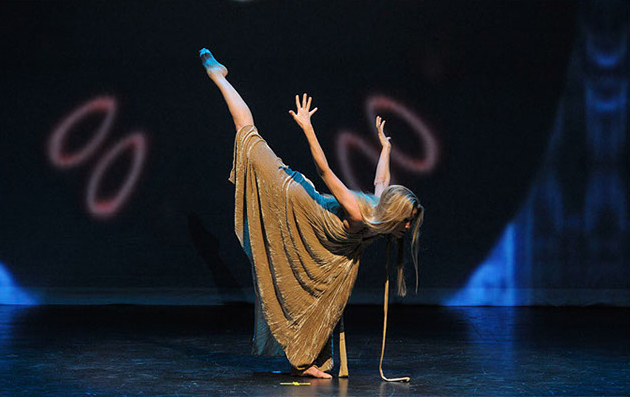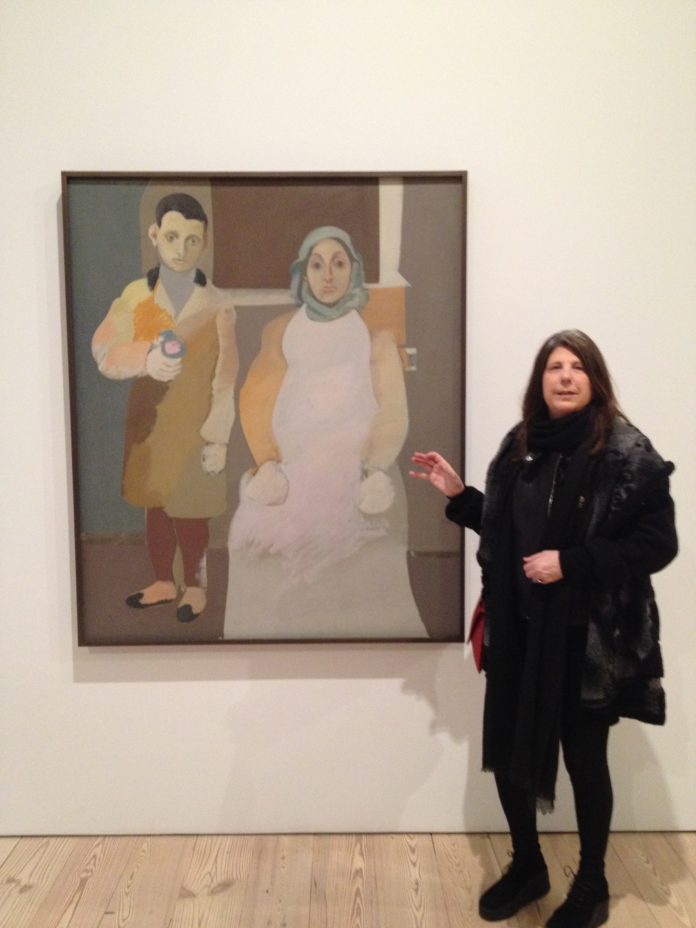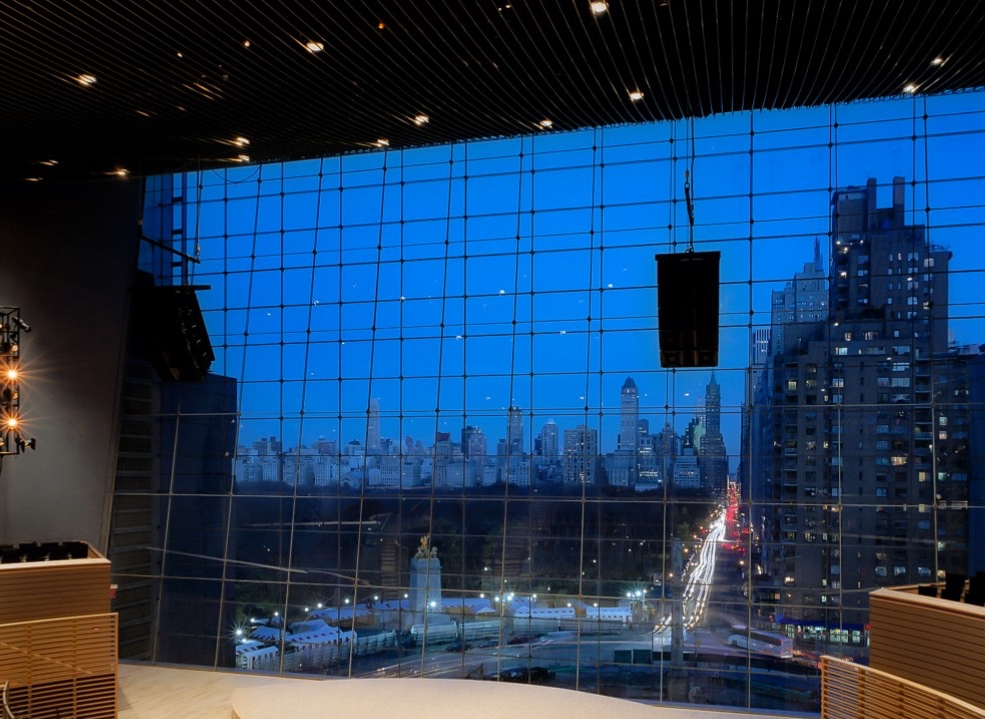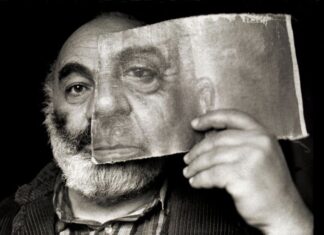By Corbett Charles McCarthy
NEW YORK — I believe the spirit of Arshile Gorky lives on, and that in this time of continued turmoil — whether it be of walls that divide or protect—what’s of most importance is common sense. Who knows what is in the minds of people on each side of a wall? When will the unending list of our modern times’ travesties including the Armenian Genocide of 1915, The Holocaust to the hate crimes going on today cease?
The work of the great 20th century artist Arshile Gorky and the trail blazing contemporary composer Michelle Ekizian sheds light on these persistent questions. The story of Ekizian’s new hybrid musical theater opera, “Gorky’s Dream Garden,” (now veering toward fully staged and concert symphonic premieres) is on the life of the Armenian-American artist, Arshile Gorky (b. 1904, Van, Turkey, d. 1948, Sherman, Conn.). The opera places its protagonist as a questing exiled heart. Through scenes of seeing, hearing and feeling, the audience becomes immersed in the starry conundrums
Judging from Saturday, January 5’s performance of an eight-minute segment of one of the “dream dances” from “Gorky’s Dream Garden,” one can sense that Ekizian’s work is brilliant. It crosses boundaries. Its unique blend of styles and techniques crosses high and popular culture featuring large-scale operatic forces. It is a spellbinding, uplifting psychodrama that breaks not only the fourth wall of the stage, but barriers among the audience members themselves. The drama spans the pre-and post-World War II-era of America featuring bachelor days of New York’s City’s dynamic bohemian art scene and married life in a modernist Glass House in a countryside idyll of rural Connecticut (where Gorky lived during his final years of his short life). But amidst the familiar Americana, there is inserted Gorky’s lost Armenian lands of his childhood: his place of beginnings stemming from the enduring beauty of Eden, Ararat and Noah — and also ironically, the site of the first genocide of the 20th century.

“Gorky’s Dream Garden” shows Gorky voicing the truth (to right the wrong) through his artistic progress. Running alongside his life’s events (assimilation in newfound lands and marriage to a lovely American girl from Boston — offset by fire, loss, terminal cancer, marital infidelity, car accident and apparent suicide), Ekizian places escalating memories of the night time, enigmas and nostalgias of his lost Armenian lands with six of Gorky’s seminal art works to bring the creative vision full circle.
The dance of The Exiled Heart” of the Sorrowful Intermezzo: So be It, The Spirit is Forever from “Gorky’s Dream Garden,” opened Saturday’s five-hour Booking Dance Festival presented at Jazz of Lincoln Center’s Appel Room which highlighted the week’s 2019 conference of APAP (American Performing Arts Professionals). The segment featured solo dancer Lynn Needle (director and choreographer of Art of Motion Dancer Theatre). It was pure ecstasy. Needle singlehandedly entranced the audience with an incredible dramatic arc of emotion. Implying art in motion, the intensity and intricacy of the music and dance combined was remarkably in tune and in step with Gorky’s art. The collaboration imparted the visceral impact of Gorky’s fluid, biomorphic abstractions and his heartbreaking artist and his mother portraits.











